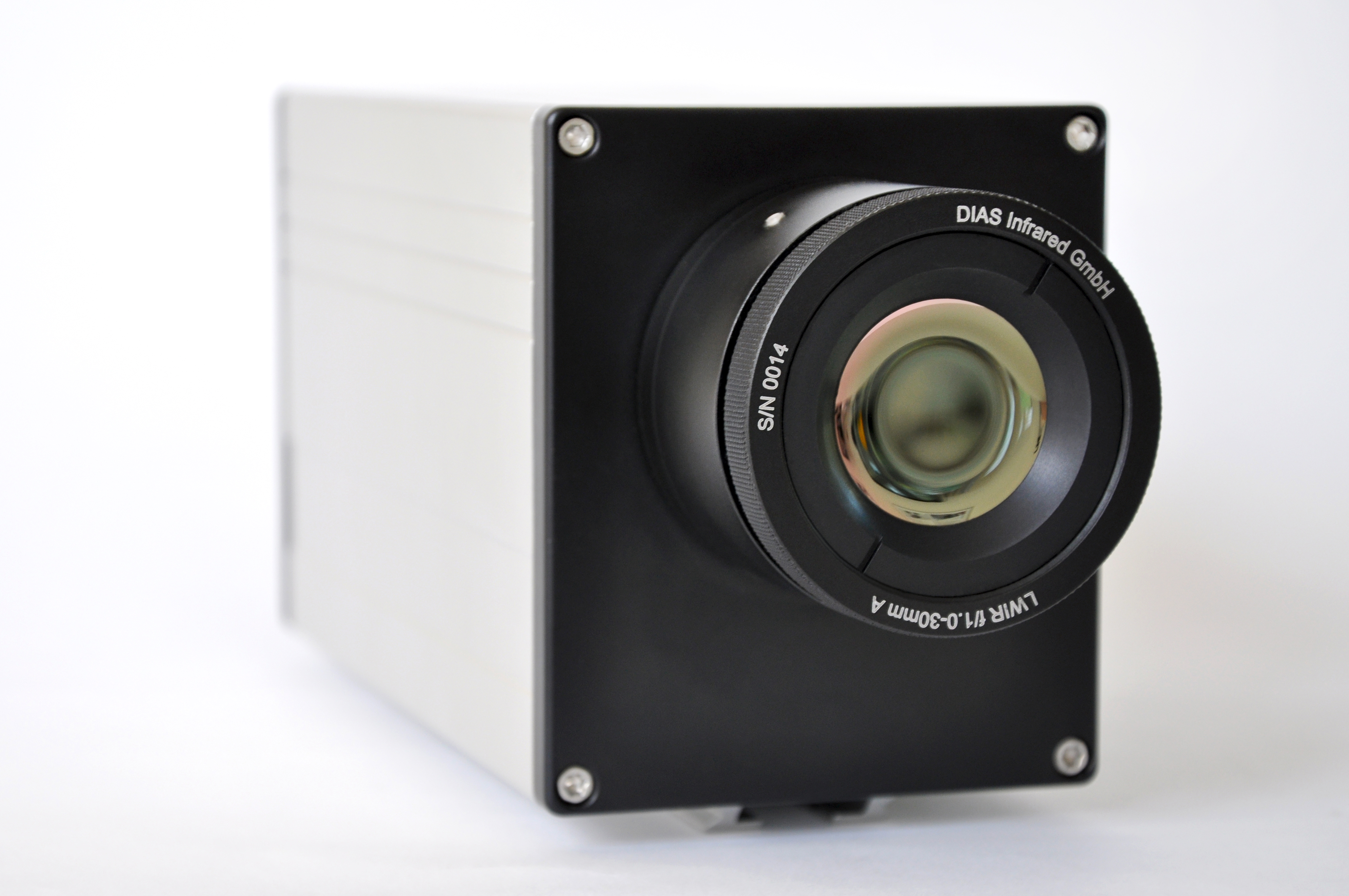More safety through person recognition with the help of infrared technology


Whether in road traffic, at the airport, fighting fires or at major events – the classification and counting of persons in this area is of an immense importance and forms a basis for the safety of involved persons. Fraunhofer Institute for Microelectronic Circuits and Systems IMS in Duisburg researches in the field of infrared sensors to find better solutions for person recognition – and enables a more reliable and faster count. Based on its specially developed, high-resolution uncooled infrared sensor (IRFPA, infrared focal plane array) Fraunhofer IMS trained now trained an artificial neuronal network for person recognition. Due to this development a high-resolution image capturing through uncooled infrared image sensors in a long-wave infrared range, with the help of so called thermal radiation, is possible for the first time. So far image sensors only have been used in visible spectral range for person recognition.
“The major advantage of infrared light compared to visible light is that the longer wavelength of electromagnetic radiation in the infrared range is less easily influenced by difficult optical conditions such as fog, smoke or smog," explains Dr. Dirk Weiler of Fraunhofer IMS. "In addition, unlike common cameras, infrared cameras do not require active lighting, such as from the sun or artificial light. The image recording in longwave infrared range happens passively, which means that the person illuminates just because of the body temperature". These features not only ensure the evaluation of person recognition even under critical visibility conditions, such as darkness or glare caused by strong backlighting, but also give the data to be processed a higher quality, making them easier to be handled.
The new technology will be used, for example, to detect pedestrians in traffic, for instance of autonomous vehicles, or to monitor sensitive and restricted areas, such as airports or nuclear power plants. Moreover, it can be used to identify people during firefighting or to determine the flow of people in retail locations or at major events. An application-specific training of the artificial neural network also makes it possible to use the technology in other areas, such as recognizing cars and trucks or for quality assurance in manufacturing processes through image recording in the long-wave infrared spectral range. The uncooled infrared image sensor of Fraunhofer IMS operates in a wavelength range of 8 μm to 14 μm and with a resolution of 320 x 240 pixels. A camera based on this infrared image sensor achieves real-time person classification with about 15 Hz by using a graphical processor and an interface for the camera's display software.
Fraunhofer IMS
For over 30 years, scientists at Fraunhofer IMS in Duisburg have been dealing with the development of microelectronic circuits, electronic systems, microsystems and sensors. Because of its comprehensive know-how, the access to technology and the high-quality development work the Institute is a worldwide recognized partner for the industry. In eight business units Fraunhofer IMS is dedicated to applied research, advance development for products and their applications. Stable, efficient and marketable technologies and procedures that are used in extremely many branches take center stage in contract work.
www.ims.fraunhofer.de